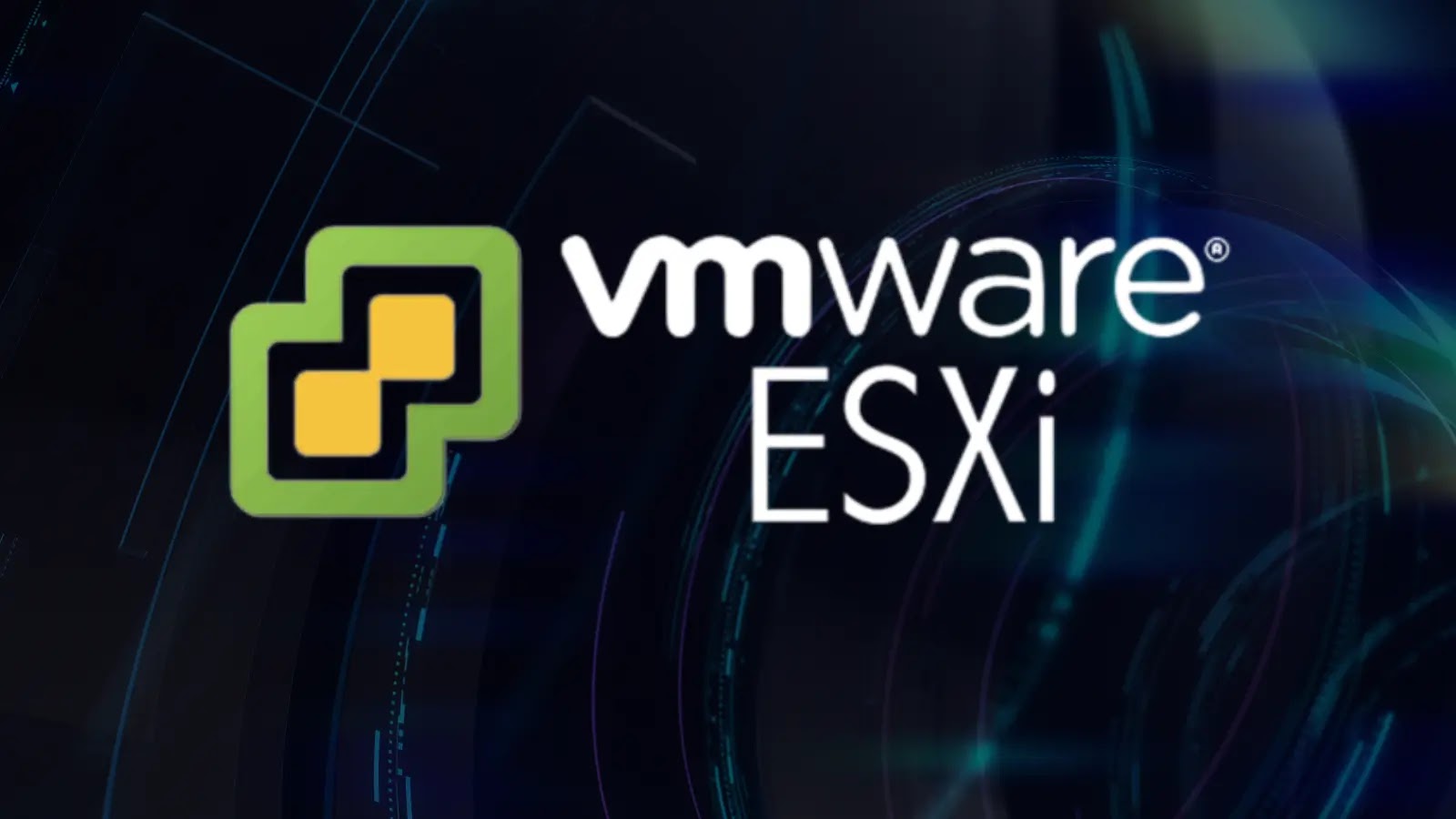
17,000+ VMware ESXi Servers Vulnerable to Critical Integer-Overflow Vulnerability
A significant cybersecurity alert has emerged, revealing that over 17,000 VMware ESXi servers globally remain exposed to a critical integer-overflow vulnerability. Tracked as CVE-2025-41236, this flaw carries a severe CVSS score of 9.3, indicating a high potential for devastating impact. Despite being identified and highlighted since July, recent scans paint a concerning picture of slow patching progress, leaving a vast number of systems vulnerable to exploitation. For organizations relying on VMware ESXi for their virtualized environments, understanding the gravity of this threat and taking immediate action is paramount.
Understanding CVE-2025-41236: The Integer-Overflow Threat
CVE-2025-41236 (https://cve.mitre.org/cgi-bin/cvename.cgi?name=CVE-2025-41236) is an integer-overflow vulnerability. In essence, this type of flaw occurs when an arithmetic operation attempts to create a numeric value that is larger than the maximum size that can be stored or handled by an integer type. This can lead to unexpected behavior, including memory corruption, buffer overflows, or even arbitrary code execution. For a critical virtualization platform like VMware ESXi, such a vulnerability could allow an attacker to escape the guest virtual machine and gain control of the underlying host system, leading to complete compromise of all virtualized infrastructure.
The Scope of the Exposure: 17,000+ Vulnerable Servers
Cybersecurity researchers, including the Shadowserver Foundation, have conducted recent scans confirming the widespread exposure. These scans indicate that over 17,000 VMware ESXi installations worldwide are still unpatched. This number is alarming, considering the vulnerability’s high severity and the time elapsed since its initial discovery in July. The slow rate of remediation suggests potential challenges in patch management, lack of awareness, or the complexity of applying updates in critical production environments. Organizations that have not yet addressed this vulnerability face a significant and immediate risk of compromise.
Potential Impact of Exploitation
If exploited, CVE-2025-41236 could have catastrophic consequences for affected organizations. The potential impacts include:
- Remote Code Execution (RCE): Attackers could execute arbitrary code on the ESXi host, gaining full control.
- Data Exfiltration: Sensitive data stored on virtual machines or the host itself could be stolen.
- Service Disruption: Virtual machines could be crashed or destroyed, leading to significant downtime and operational disruption.
- Lateral Movement: A compromised ESXi host could serve as a pivot point for attackers to move deeper into an organization’s network.
- System Compromise: Complete control over the virtualization infrastructure, impacting business continuity and data integrity.
Remediation Actions and Best Practices
Addressing CVE-2025-41236 is a top priority for any organization utilizing VMware ESXi. Immediate and decisive action is required to mitigate this critical risk.
- Patch Immediately: Apply the official patches released by VMware for CVE-2025-41236 without delay. Refer to VMware’s official security advisories and knowledge base for specific patch versions and instructions relevant to your ESXi version.
- Verify Patch Application: After applying patches, ensure they have been successfully installed and the vulnerability is no longer present.
- Network Segmentation: Implement strict network segmentation to isolate ESXi hosts from less trusted networks. This can limit the blast radius in case of a successful exploit.
- Strong Authentication and Access Control: Enforce strong, multi-factor authentication (MFA) for all access to ESXi hosts and vCenter Server. Implement the principle of least privilege.
- Regular Security Audits: Conduct frequent security audits and vulnerability scans of your ESXi environment to identify and address potential weaknesses.
- Monitor Logs: Continuously monitor ESXi host logs and vCenter Server event logs for any unusual activity or signs of compromise.
- Regular Backups: Maintain regular, tested backups of your ESXi host configurations and critical virtual machine data.
Tools for Detection and Mitigation
Leveraging appropriate tools can aid in the detection of vulnerable systems and general security posture management for VMware ESXi environments.
| Tool Name | Purpose | Link |
|---|---|---|
| VMware vSphere Client | Manage ESXi hosts, check patch levels manually. | https://docs.vmware.com/en/VMware-vSphere/index.html |
| VMware vCenter Server | Centralized management, patching, and monitoring of ESXi hosts. | https://www.vmware.com/products/vcenter-server.html |
| Nessus (Tenable) | Vulnerability scanner capable of detecting CVEs in ESXi and other systems. | https://www.tenable.com/products/nessus |
| Qualys VMDR | Vulnerability Management, Detection, and Response platform. | https://www.qualys.com/apps/vulnerability-management-detection-response/ |
| OpenVAS/Greenbone | Open-source vulnerability scanner, can be used for network-based ESXi vulnerability assessments. | https://www.greenbone.net/en/community-edition/ |
Prioritizing Virtualization Security
The continued exposure to CVE-2025-41236 underscores the critical need for robust security practices around virtualization infrastructure. VMware ESXi hosts are foundational components for many organizations, and their compromise can lead to cascading failures across an entire IT ecosystem. Proactive patching, rigorous security configurations, and continuous monitoring are not merely best practices; they are essential defenses against increasingly sophisticated cyber threats. Organizations must prioritize the security of their virtualization platforms to maintain operational integrity and protect sensitive assets.





